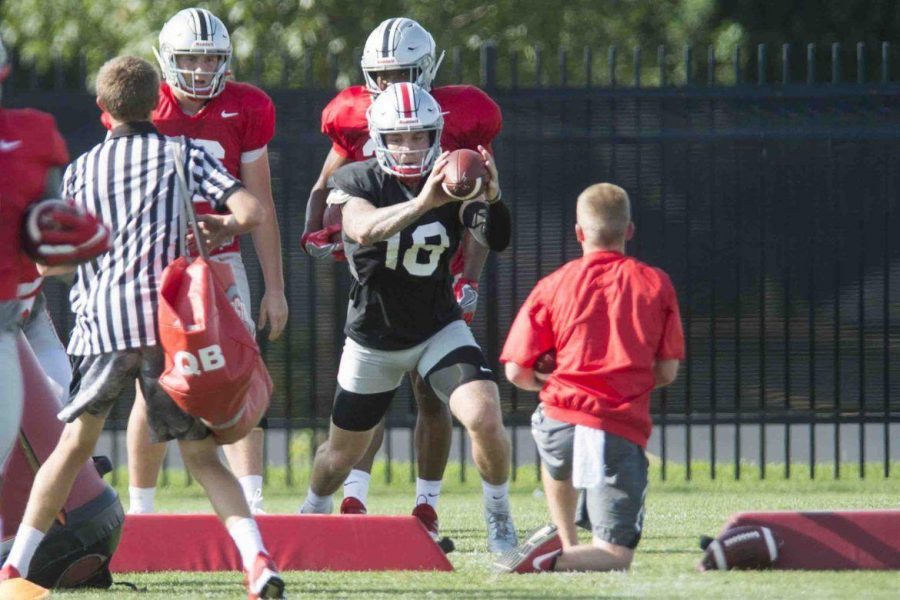The sound of a shattering bone, the pounding headache, the tearing pain in an ankle. These are perhaps some of the scariest things an athlete can experience. What’s worse is the pain that follows. Athletes that have spent the whole season preparing for a huge game may lose all their progress with an injury, and some may spend a whole season on the bench.
Driver’s Education teacher Patrick Hughes recalled the worst injury he has ever seen while coaching basketball, when his daughter Kelly separated her kneecap.
“In terms of injuries, we’ve actually been quite fortunate,” Hughes said. Hughes recommends staying in shape, getting enough rest and working different muscles by doing a variety of exercises in order to prevent injuries.
“Athletes returning from injuries should continue to do exercises and whatever skill needed for their sport possible,” Hughes said. “Sometimes the biggest thing that stops them is what’s in their head about the injury. They get hurt and come back and are hesitant to perform at as intense of a level as before, so sometimes it’s more of a psychological impact.”
Torn ACL changes sports forever
It was a normal day at soccer practice for junior Matt Del Signore when he went for the ball at the same time as a teammate.
“The next thing I knew, I heard my knee pop and I fell to the ground in pain,” Del Signore said.
“I wasn’t able to play soccer my sophomore year and I had to run with a knee brace during cross country,” Del Signore said. “My leg is a lot weaker so it gets tired more easily and I can’t swim breaststroke.”
Del Signore completed physical therapy with athletic trainer Kathy Ayers before undergoing surgery. After his recovery, he took up physical therapy again.
“Before, I couldn’t do any activities involving planting [my feet] or cutting, but now I am back to full health,” Del Signore said.
Del Signore says the positive effect of his injury was the scholarship he won. His doctor’s office held a Facebook contest that nominated four patients. Teachers and friends of Del Signore helped him win by promoting the contest through e-mails and Facebook links.
By garnering the most votes, Del Signore received a $500 scholarship for himself and a second $500 for AHS’s athletic training room. “[The injury] definitely makes me more cautious of myself and others while I’m playing sports,” Del Signore said. “I take injuries a lot more seriously now.”
Major concussion changes outlook
Senior Kim Rowland got her first concussion her sophomore year during a field hockey game against Lake Braddock. The ball was hit by a Lake Braddock player, causing it to pop up from a stick and strike her in the head.
“My first concussion was a definite diagnosis,” Rowland said. “I could tell from the moment I got hit that I had suffered a concussion.”
Rowland has had two major concussions, and has also experienced concussion-like symptoms that have lasted for a day or two after hitting her head. Her first concussion took her out of athletic activities for nine months, while her second took her out for one.
“When I got my concussions, the biggest effect I had was irritability,” Rowland said. “I didn’t act like myself. I got headaches every single day and was sensitive to light and noise.”
Rowland does not recommend participating in a lot of physical activity while you have a concussion.
“The only thing you can do to recover from a concussion is rest,” Rowland said. “Nothing else.”
“I am now very cautious when playing sports and get nervous when things come close to my head,” Rowland said. “It has stopped me from playing soccer completely because it is not good for me to be heading balls. I feel like I can’t be the same type of athlete as I was before my concussions because I have another important thing to worry about and to keep an eye on.”





